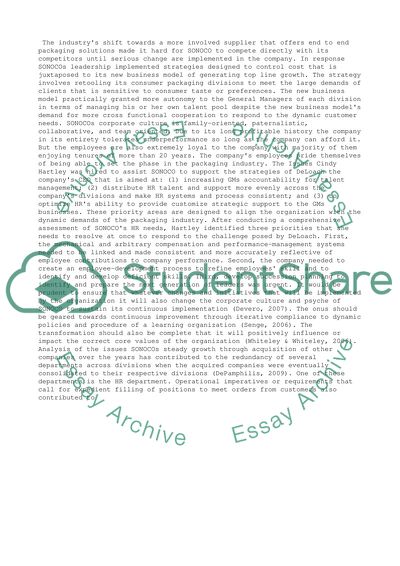Cite this document
(“Sonoco HR Essay Example | Topics and Well Written Essays - 2500 words”, n.d.)
Retrieved from https://studentshare.org/management/1394192-hr-case-study
Retrieved from https://studentshare.org/management/1394192-hr-case-study
(Sonoco HR Essay Example | Topics and Well Written Essays - 2500 Words)
https://studentshare.org/management/1394192-hr-case-study.
https://studentshare.org/management/1394192-hr-case-study.
“Sonoco HR Essay Example | Topics and Well Written Essays - 2500 Words”, n.d. https://studentshare.org/management/1394192-hr-case-study.


